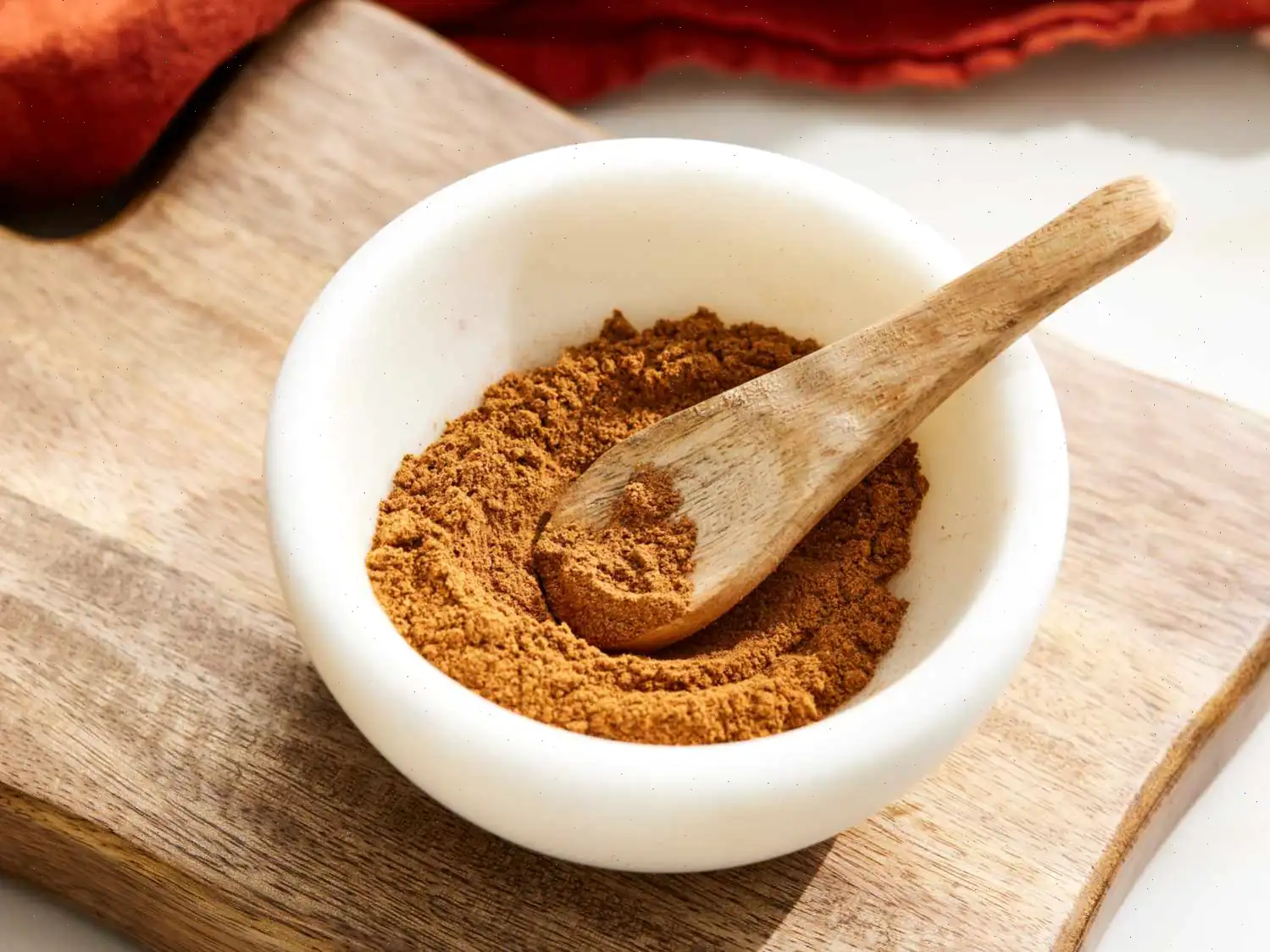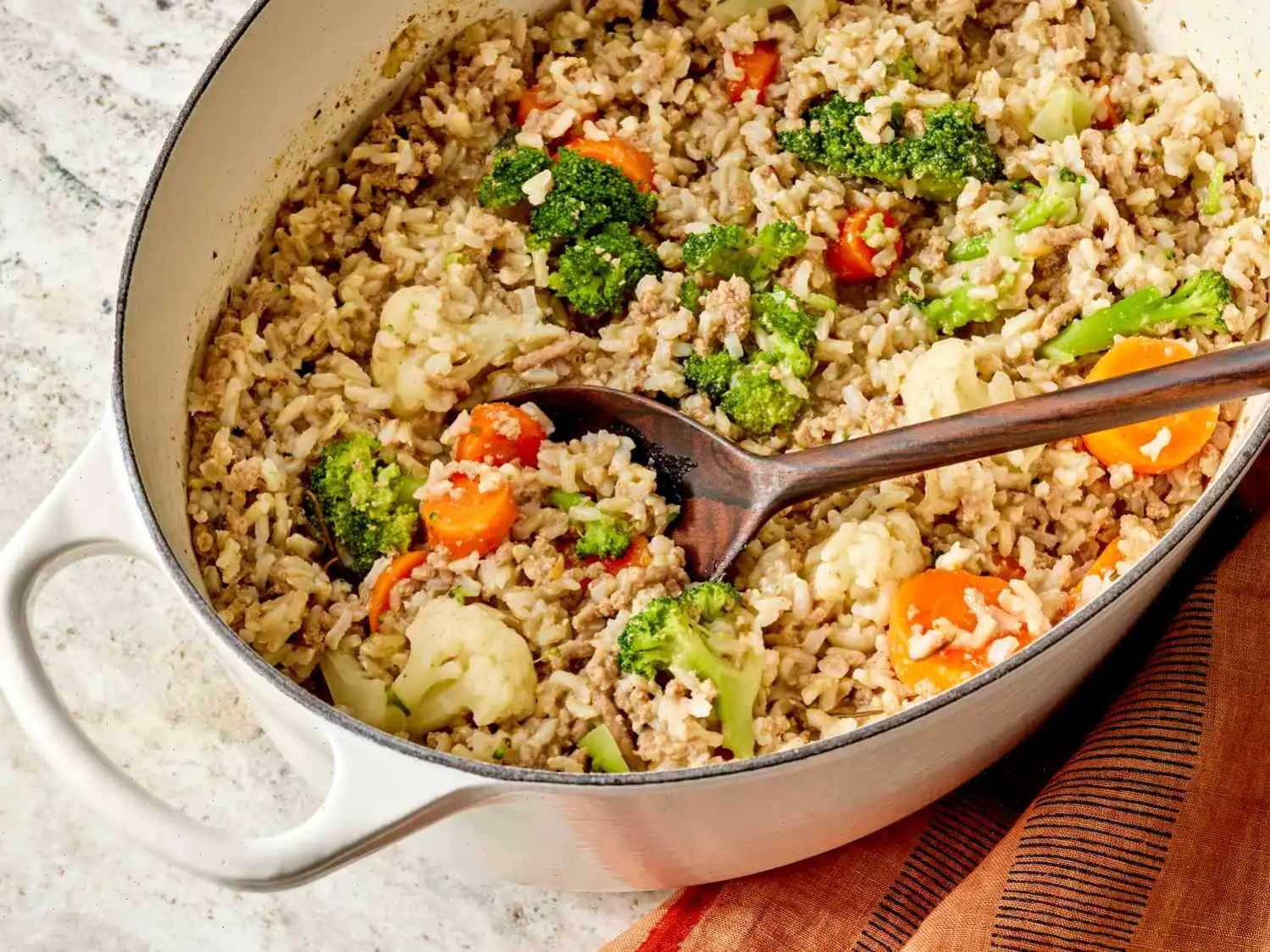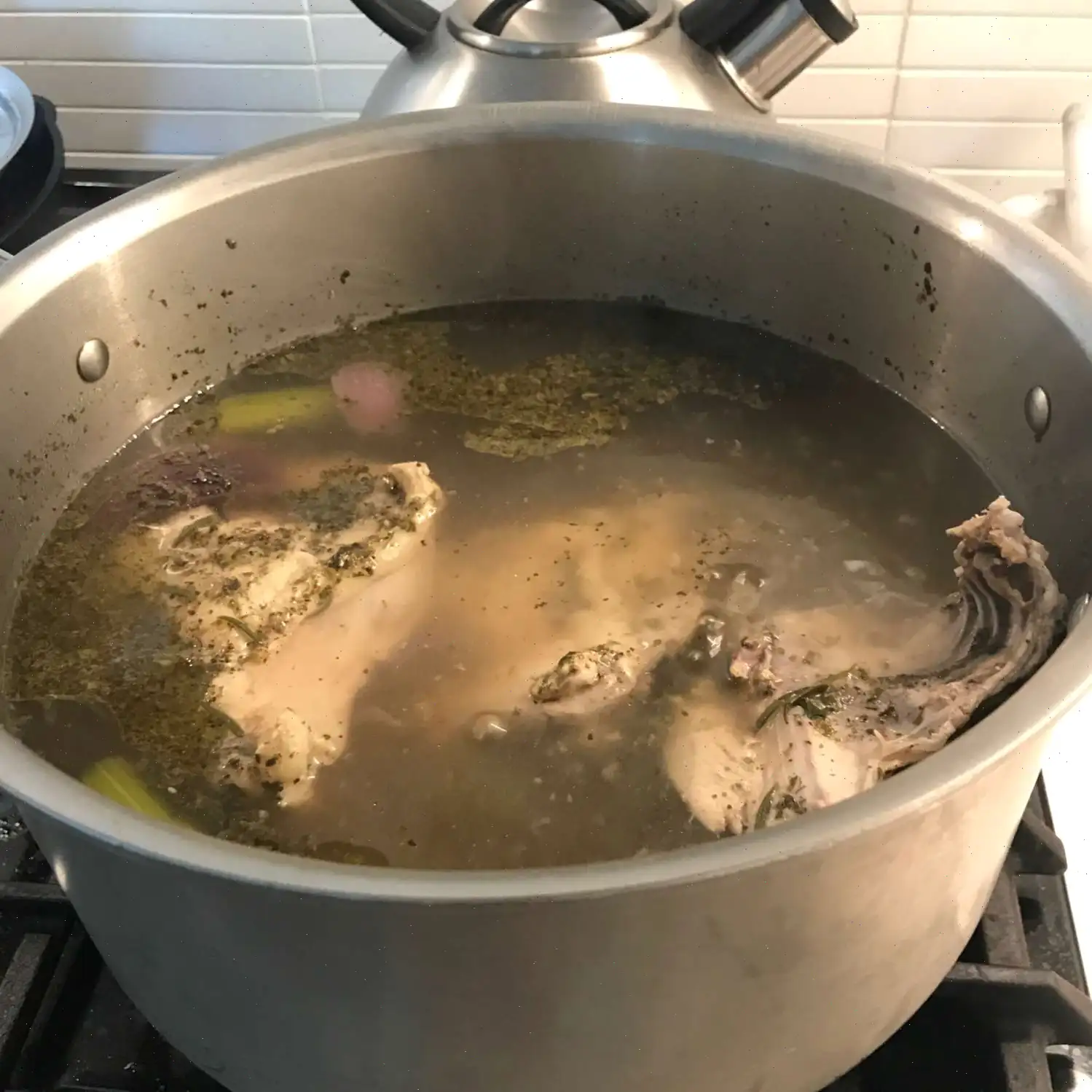
Edible Fake Blood Recipe
Ingredients
- 3 tablespoons cornstarch
- 1/3 cup cold water
- 1 1/2 cups light corn syrup
- Red and blue food coloring
Directions
- In a small saucepan, whisk together cornstarch and cold water until the cornstarch is completely dissolved.
- Add the light corn syrup to the saucepan and place it over medium heat.
- Once the syrup is heated, add red food coloring until you achieve your desired shade of red.
- Add 1 to 2 drops of blue food coloring to deepen the color and make it look more like blood.
- Bring the mixture to a boil while stirring frequently to prevent burning or sticking.
- Once it starts boiling, remove from heat and let the mixture cool completely.
- Serve as desired.
Nutrition Facts
Per Serving: 64 Calories
| Nutrition | Amount | % Daily Value* |
|---|---|---|
| Total Fat | 0g | 0% |
| Saturated Fat | 0g | 0% |
| Cholesterol | 0mg | 0% |
| Sodium | 13mg | 1% |
| Total Carbohydrate | 17g | 6% |
| Dietary Fiber | 0g | 0% |
| Total Sugars | 16g | - |
| Protein | 0g | 0% |
| Vitamin C | 0mg | 0% |
| Calcium | 3mg | 0% |
| Iron | 0mg | 0% |
| Potassium | 0mg | 0% |
* Percent Daily Values are based on a 2,000 calorie diet. Your daily values may be higher or lower depending on your calorie needs.
The History and Cultural Background of Edible Fake Blood
Edible fake blood has a fascinating origin closely tied to theatrical and festive traditions. Its roots can be traced back to the early 20th century, when stage productions sought safe alternatives to real blood for realistic performances. Actors and performers needed a visually convincing yet harmless substance for horror plays, magic shows, and early cinematic effects. Over time, this practical solution found its way into popular culture, especially during Halloween, when creativity and dramatic presentation became central to celebrations.
Regional Variations
While edible fake blood is primarily associated with American Halloween traditions, regional adaptations exist around the world. In the United States, it often uses corn syrup and food coloring for a thick, glossy texture ideal for drizzling over desserts. In Europe, particularly in Germany and the UK, chefs may incorporate sugar syrups or beet juice to achieve a more natural hue and slightly tangy flavor. In Asia, colorful variants sometimes mix agar-agar or rice syrup, making the blood more gelatinous for use in intricate confectionery designs.
Differences from Similar Products
Unlike stage blood, which can include glycerin or theatrical pigments for visual consistency, edible fake blood must prioritize safety and taste. It is designed specifically for consumption and avoids any toxic ingredients. Compared to red syrup toppings or sauces, edible fake blood has a unique deep red, almost realistic shade, often darkened with a drop of blue coloring, which gives it a more convincing effect for decorative purposes. Its consistency is also more versatile, allowing both drizzling and pooling without rapid absorption into food surfaces.
Typical Uses and Serving Occasions
Edible fake blood is most commonly served during Halloween parties, haunted house events, and themed dinners. It is used to decorate cupcakes, donuts, or cakes, adding dramatic flair. Beyond desserts, some creative chefs use it to garnish cocktails or savory dishes for a theatrical effect. It is also popular in cooking demonstrations and food photography where a striking visual presentation is needed without compromising safety.
Interesting Facts
- Edible fake blood can be stored for several weeks if refrigerated, making it convenient for multiple uses throughout the Halloween season.
- The addition of blue food coloring is a simple but effective trick to deepen the red color and create a more realistic blood-like appearance.
- Its original use in theater influenced early film special effects, long before CGI or modern makeup techniques.
- Some innovative variations now use natural ingredients like pomegranate juice or beetroot for healthier, organic versions without artificial colors.
- The recipes versatility allows it to be adapted for vegan and allergy-friendly diets, using plant-based syrups and colorings.








